The BMW i3 has made its first public appearance at the Frankfurt motor show today as the part of what the German car maker promises will be a complete range of alternative drive models to be sold under its new i brand.
The i3 is a contemporary-styled hatchback that remains faithful in basic appearance to the earlier i3 concept revealed at the 2011 Frankfurt motor show but adopts a five door bodystyle in place of the original three door arrangement for added practicality and ease of entry to the rear.
The i3 is priced at £30,680, but with a £5000 electric car rebate it will end up costing buyers £25,680 in the UK. Alternatively, BMW is also offering the i3 on a three year lease scheme with a deposit of £2995 and 36 monthly payments of £369.
Conceived under the working title Mega City Vehicle – a name meant to focus attention on its suitability for urban driving, the i3 represents a number of firsts for BMW, which is reputed to have spent up to €2 billion in research, development, testing and production processes for the new four-seater.
Included among the innovations adopted on the BMW i brand’s initial model is a lightweight inner body structure made entirely out of carbon fibre sourced from US-based SGL Carbon but woven and cured at BMW’s plant in Landshut, Germany.
At 1195kg, the i3 weighs 90kg less than the existing 114i despite using a battery that is claimed to weigh a significant 230kg. The inherent strength of the assembly used to support its carbon fibre reinforced body panels has allowed BMW’s design team to do away conventional B-pillars and provide rear-hinged coach style doors at the rear.
At 3999mm in length, 1775mm in width and 1578mm in height, the i3 is 326mm shorter, 10mm wider and 158mm taller than the second-generation 1-series hatchback. It rides on a chassis whose wheelbase is 120mm shorter than that of its existing entry level model at 2570mm, providing the new electric car with relatively short 707mm front and 722mm rear overhangs.
The i3 is the first series production BMW to rely purely on electricity for propulsion. But in move harking back to the company’s most illustrious combustion engine models it eschews front-wheel drive for a more traditional rear wheel drive layout in the interests of interior packaging, low speed maneuverability and what officials describe as class leading steering response.
Power is provided by a synchronous electric motor mounted within an aluminium sub-assembly above the rear axle. The in-house produced unit, known under the BMW eDrive banner, provides 168bhp and 184lb ft of torque – some 10bhp less but 5lb ft more than the Mini Cooper S’s turbocharged 1.6-litre four-cylinder direct injection petrol engine. Drive is sent through a single ratio gearbox mounted to the end of the electric motor, offering the choice of three driving modes: Comfort, Eco Pro and Eco Pro+.
Electric energy to run the motor is provided by a 22kWh lithium ion battery produced by Samsung and bearing a warranty valid for up to six years or 100,000 miles. It consists of 96 individual cells mounted within the flat floor structure and has been design to allow the replacement of damaged cells on an individual basis. By packaging the battery as low down in the i3’s carbon fibre body structure as possible, BMW claims to have achieved a centre of gravity lower than that of the X1.
According the EU mandated electric car power consumption test, the i3 requires an average 12.9kWh/100km, providing it with an overall range of 118 miles in comfort mode. BMW also quotes a real world figure of between 81 and 100 miles, depending on ambient temperature in comfort mode.
In its most efficient state in EcoPro+ mode, in which it is limited to a top speed of 50mph, the new BMW is claimed to provide a zero local emission range of up to 124 miles. In studies with the earlier limited production Mini E and BMW 1-series ActiveE, BMW identified a global average range of 25 miles with participating customers.
A range extender (REX) option that acts as a generator to provide electricity to the battery whilst on the run will be available from the start of UK sales at a premium of around £2000, providing a more than 60 per cent increase to the i3’s theoretical range in Eco-Pro+ mode at a claimed 211 miles.
The range extender uses a 650cc two-cylinder petrol engine borrowed from BMW’s C650 CT maxi-scooter producing 25bhp and 41lb ft of toque and mounted longitudinally at the rear next to the electric motor and a nine litre fuel tank sited within the floor at the base of the front bulkhead. There is no direct drive to the wheels, merely the generation of electricity. So configured, the i3 weighs an added 120kg at 1315kg and is claimed to require an average 13.5kWh/100km, with the petrol engine rated at 471mpg for average CO2 emissions of 13g/km on the EU test procedure.
With a power-to-weight ratio of 151bhp/tonne in EV (electric vehicle) configuration, the i3 boasts official 0-37mph and 0-62mph acceleration times of 3.7sec and 7.2sec together with a 50-75mph split of 4.9sec. In REX (range extender) configuration with 128bhp/tonne, the times are put at 3.9sec, 7.9sec and 5.5sec. Both variants boast a top speed limited to 93mph.
Recharging of the battery is through plug in means. BMW claims it takes less than 30mins to achieve an 80 per cent charge on a 50kW charger – as found at many public recharging stations in the UK, and a rather less impressive eight hours on a domestic power socket, which typically operates at 9kW. A tub underneath the short front bonnet provides stowage space for the recharging cable. Aggressive recuperation of kinetic electricity in EcoPro+ mode is claimed to generate up to 50kW.
The i3 rides on a bespoke aluminium chassis with a MacPherson strut front and five-link rear suspension. The steering, shared with the upcoming new-generation Mini, is a power assisted electro-mechanical arrangement that with a nominal 2.5 turns lock to lock give the new BMW a relatively tight 9.9 metre turning circle. As with its more traditional models, the German car maker claims a perfect 50:50 weight distribution.
The standard cast aluminium wheels are 19-inch in diameter and come shod with ultra narrow 155/70 profile tyres – a combination BMW claims provides a significant reduction in both air and rolling resistance together with greater side wall compliance and similar grip levels to more conventional 16-inch wheels with 225/55 rubber. Buyers will also be able to specify larger 20-inch wheels with 155/60 front and 175/50 profile tyres.
Inside, the i3 provides dedicated seating for four on manually adjustable seats within a highly contemporary styled cabin close in appearance to the i3 concept. The front seats are mounted 170mm higher than those in the 1-series at 670mm, with the rear seats mounted even higher still. Boot capacity is hampered by the rear mounted drive system and high floor; with a nominal 260 litres the i3 offers 100 litres less than the 1-series.
The i3 will be produced on a dedicated production line at BMW’s Leipzig plant in Germany in both left- and right-hand drive guises. Sales already underway, with the first UK deliveries slated to begin in November. Along with the new car, BMW has also developed a wide range of multi-media applications available through its ConnectedDrive suite dedicated to taking the electric car to a whole new level of efficiency while providing a new facet to everyday motoring via connectivity solutions that allows the i3 to be networked with other forms of public transport as part of a broader mobility initiative.
Speaking at the reveal event in July, head of sales and marketing Ian Robertson said: "The global electric car market has gone from 7000 sales three years ago to around 150,000 to 160,000 today. It's too early to put a number on it but we aiming to be a significant player in this segment. From day one we will make a profit on these vehicles.
"We enjoy good profitability levels. We will make a profit from day one. It's not just a car, it is a revolutionary step forward in sustainable mobility".
Head of research and development for the BMW Group Herbert Diess said: "The i3 is only the first of a range of car that we will offer under the BMW i brand. Next year we will also have the plug-in hybrid i8 - a sportscar of the future."

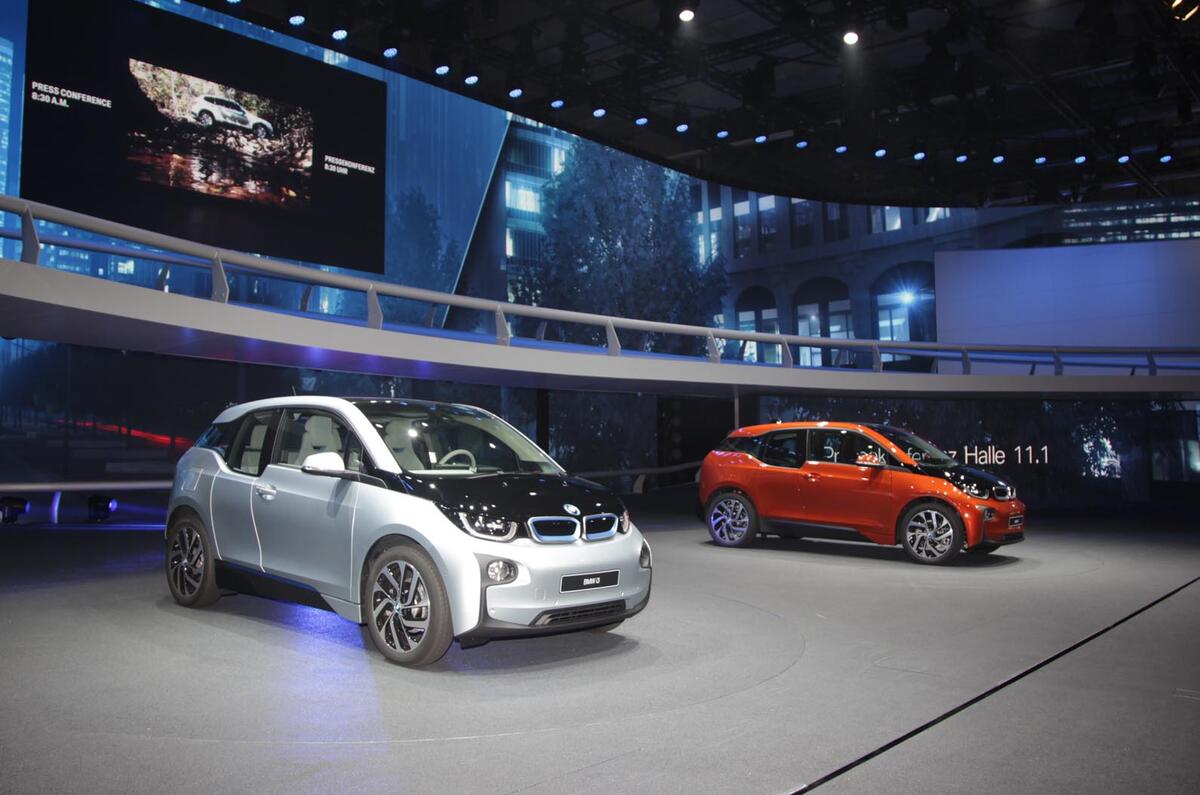
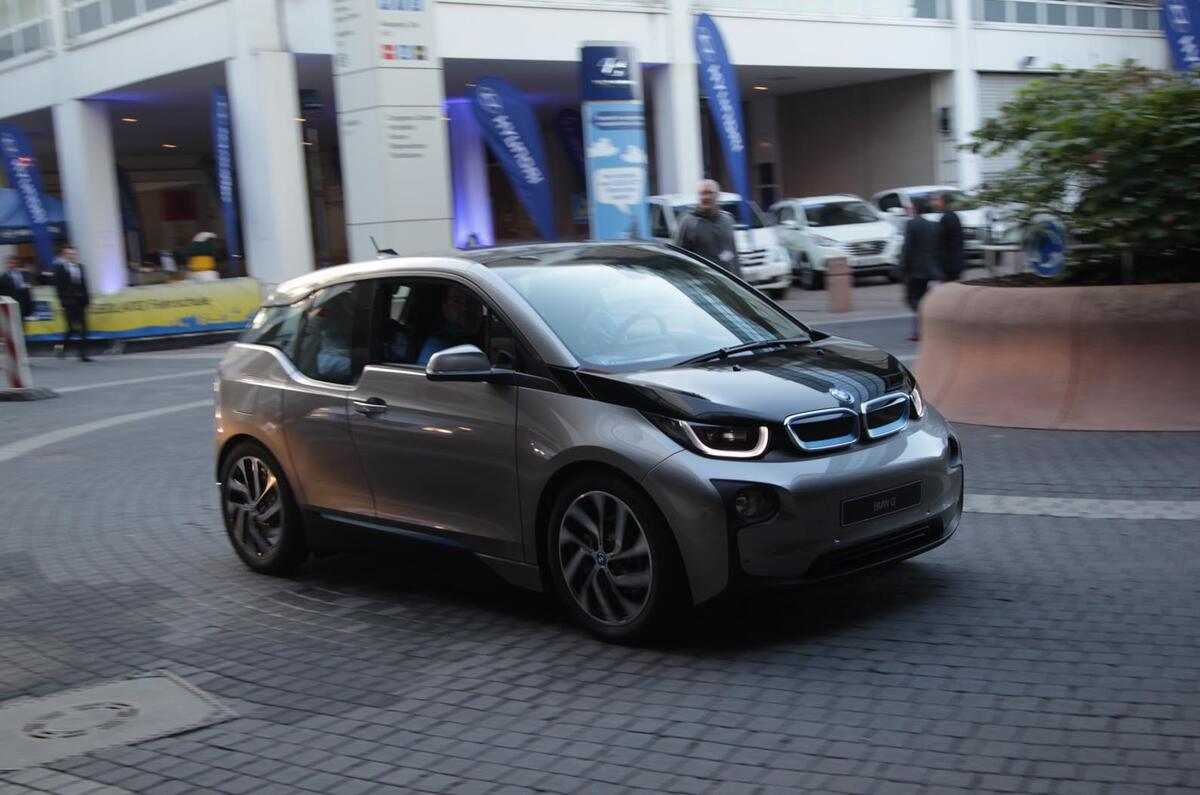
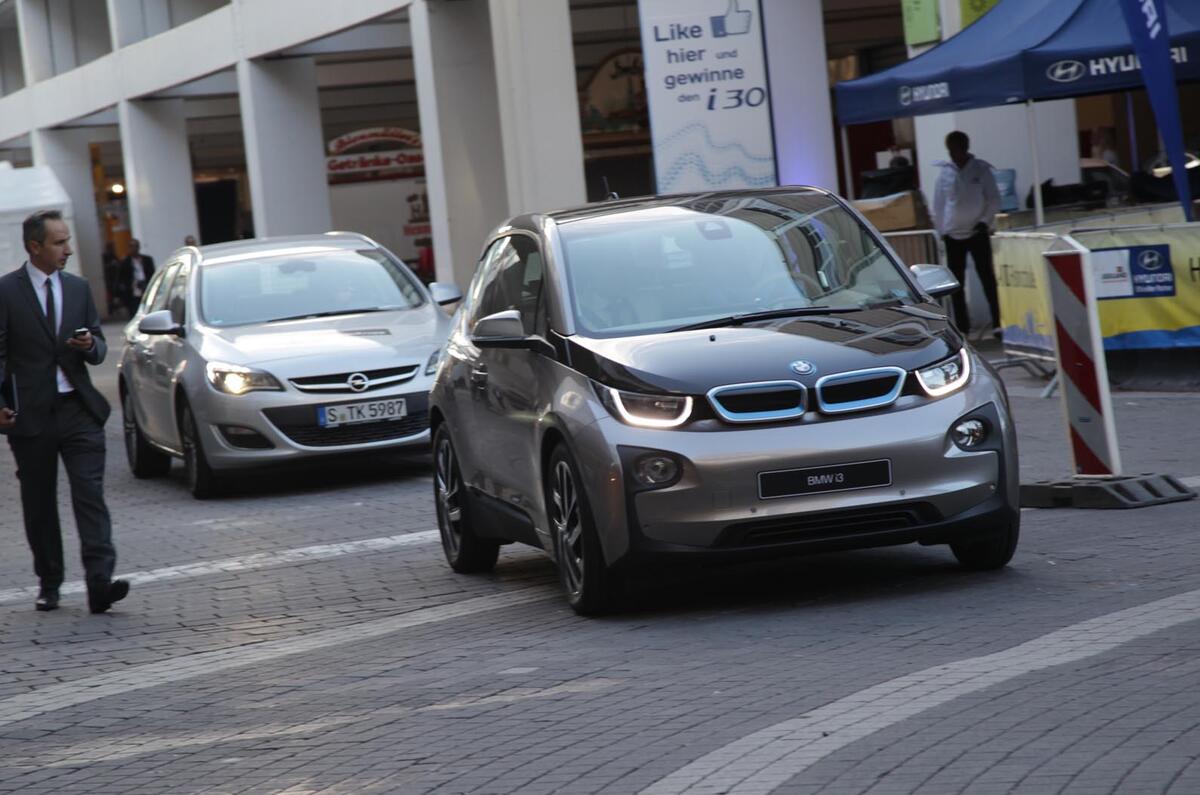
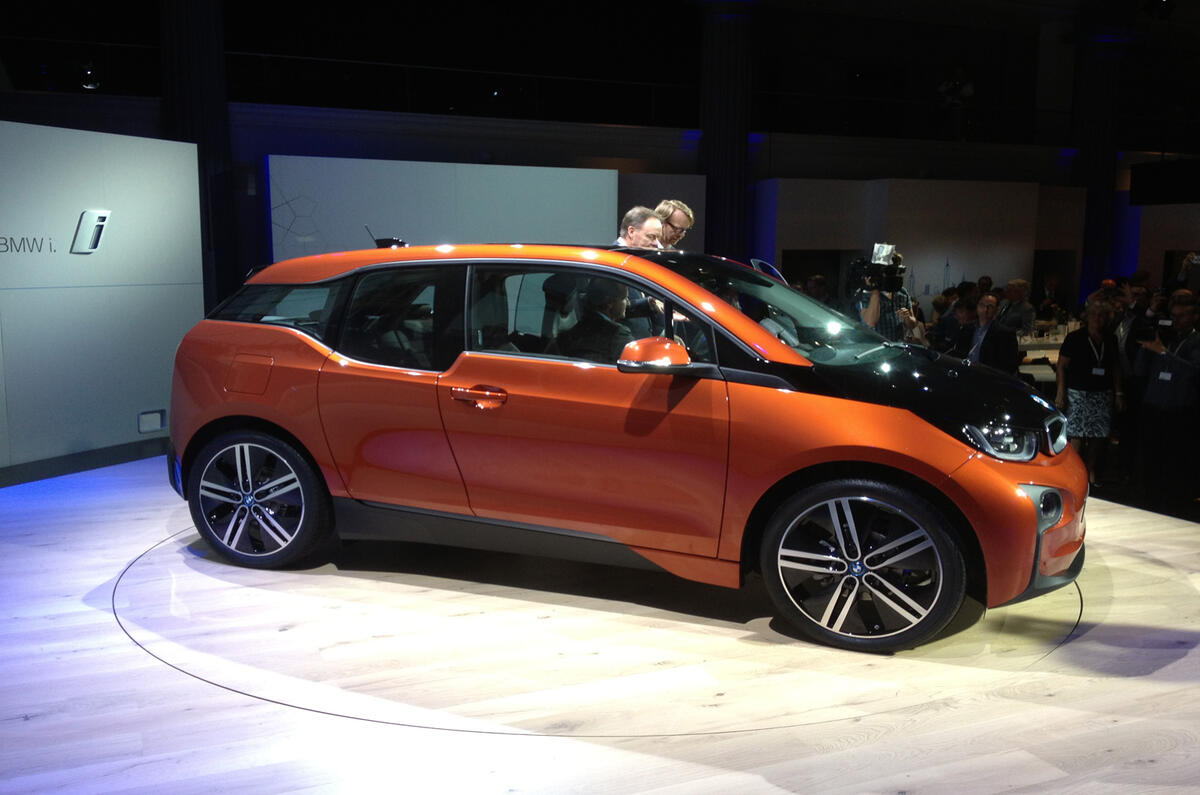
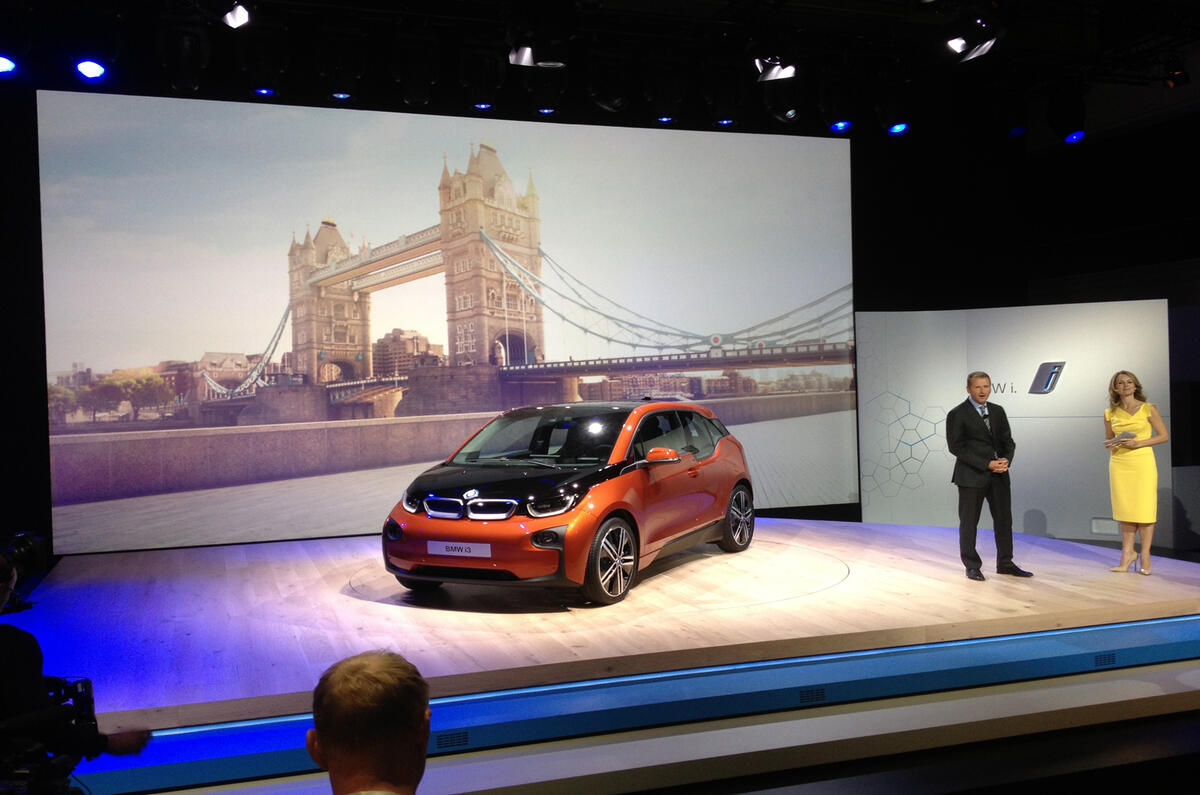
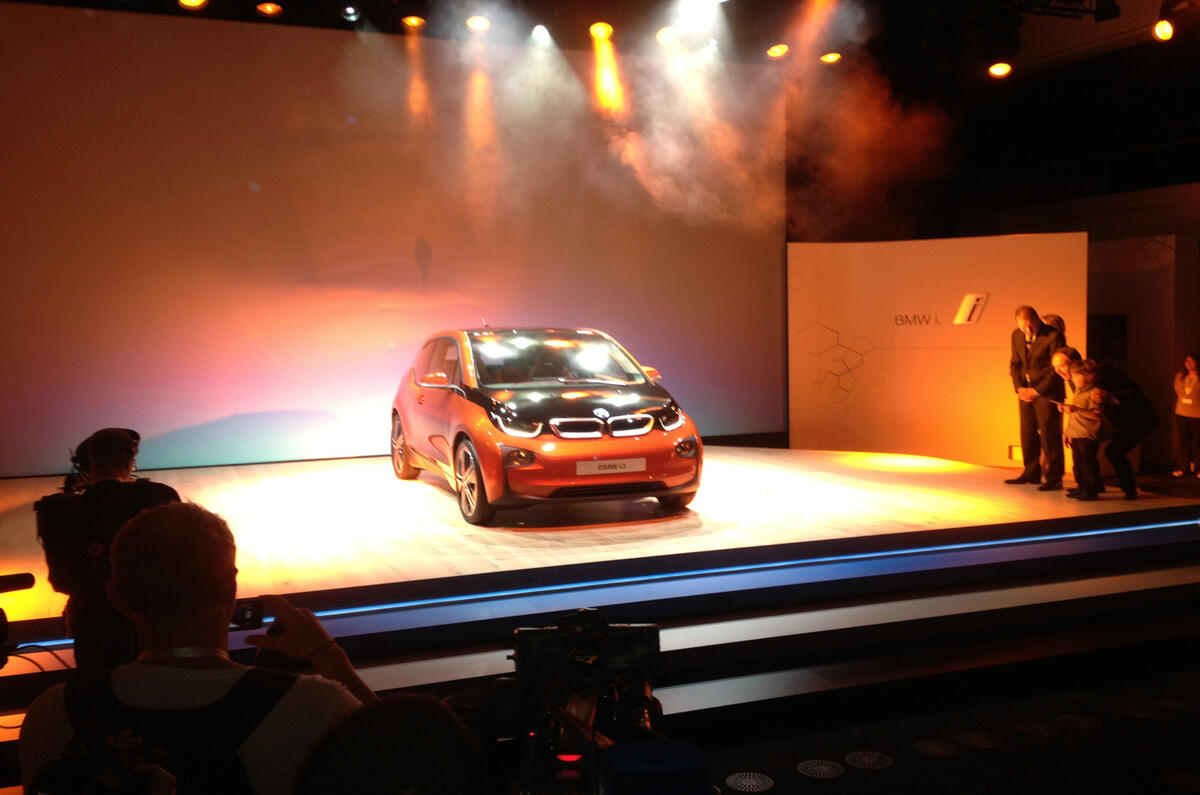
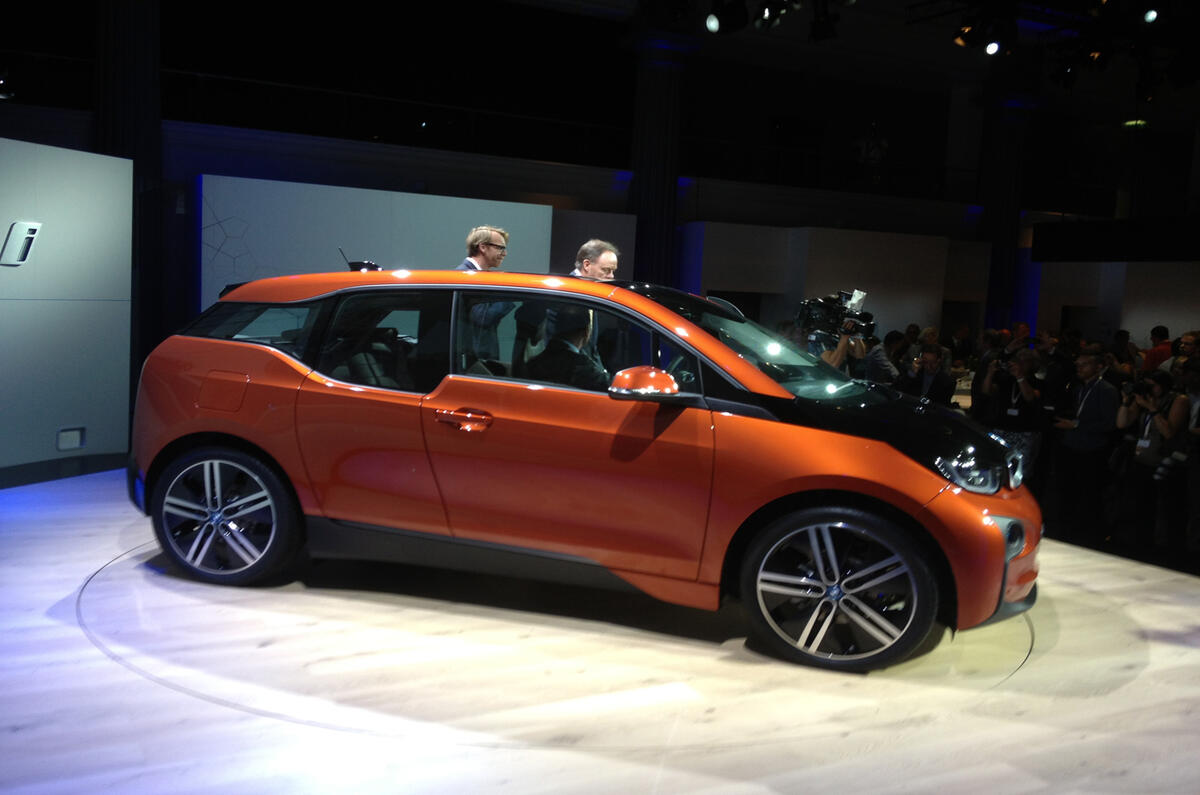
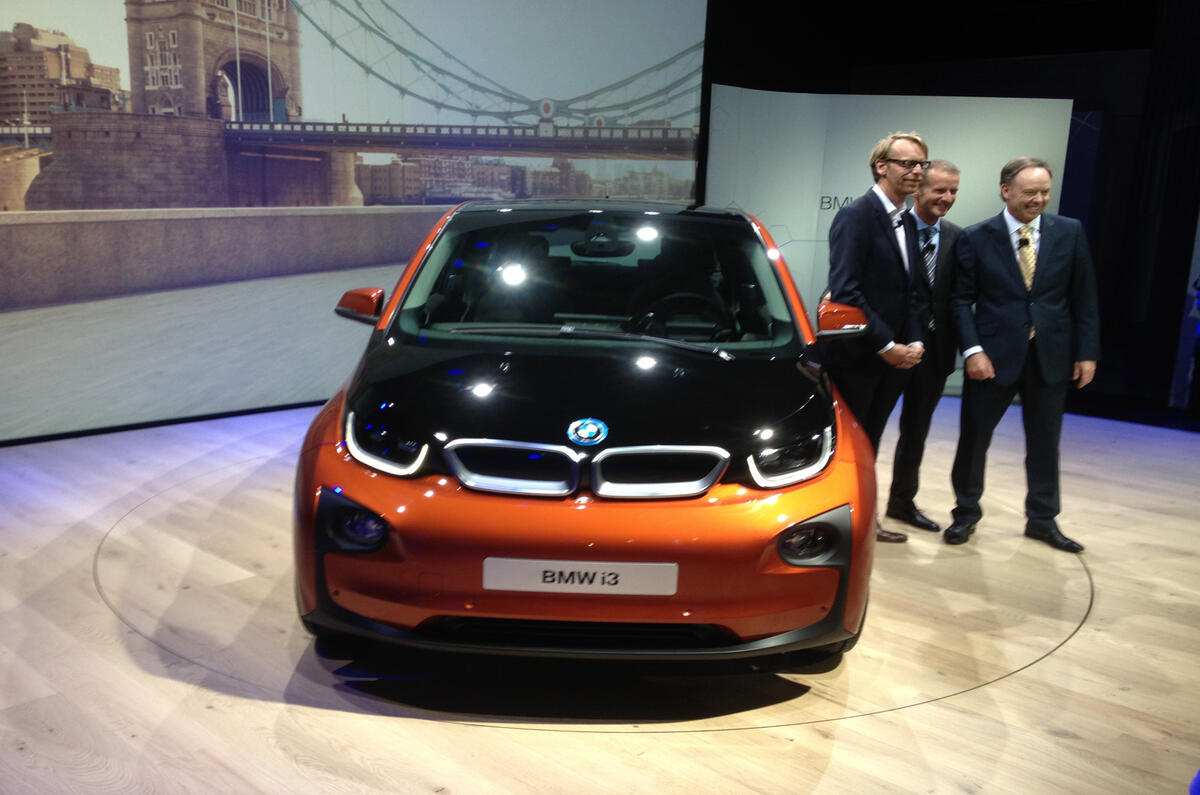
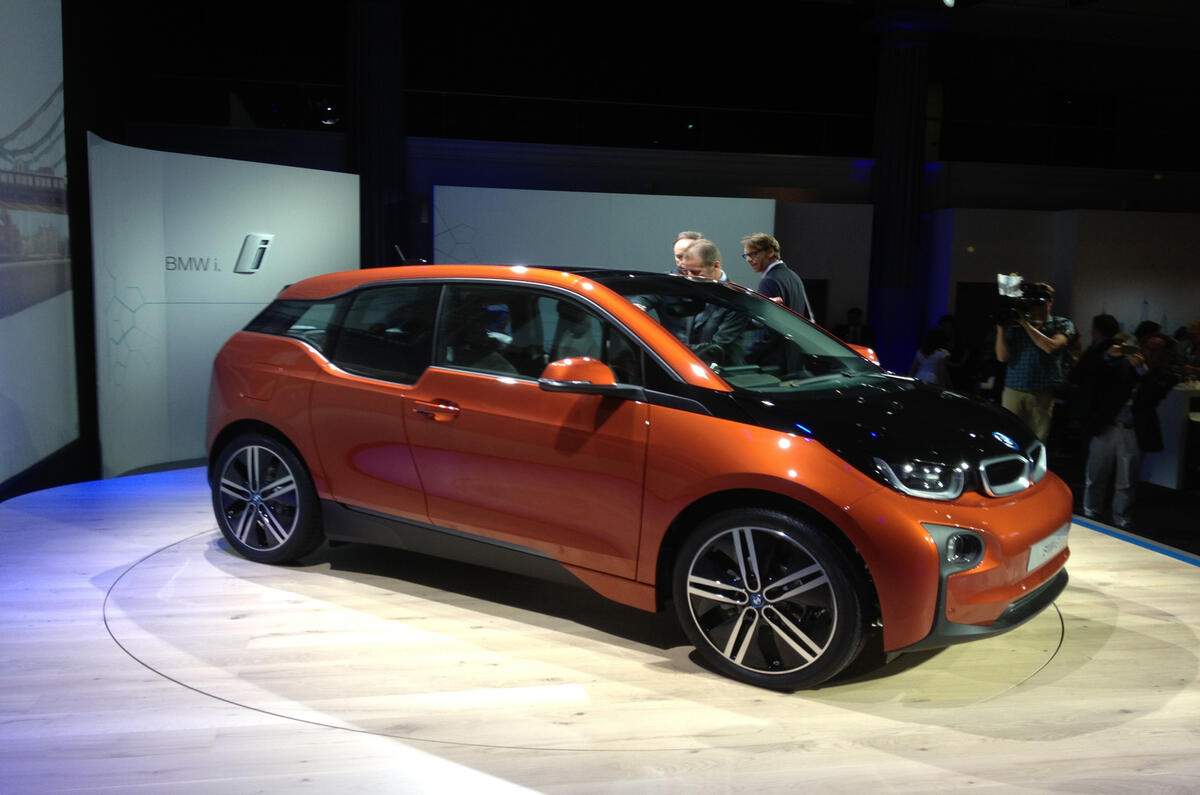
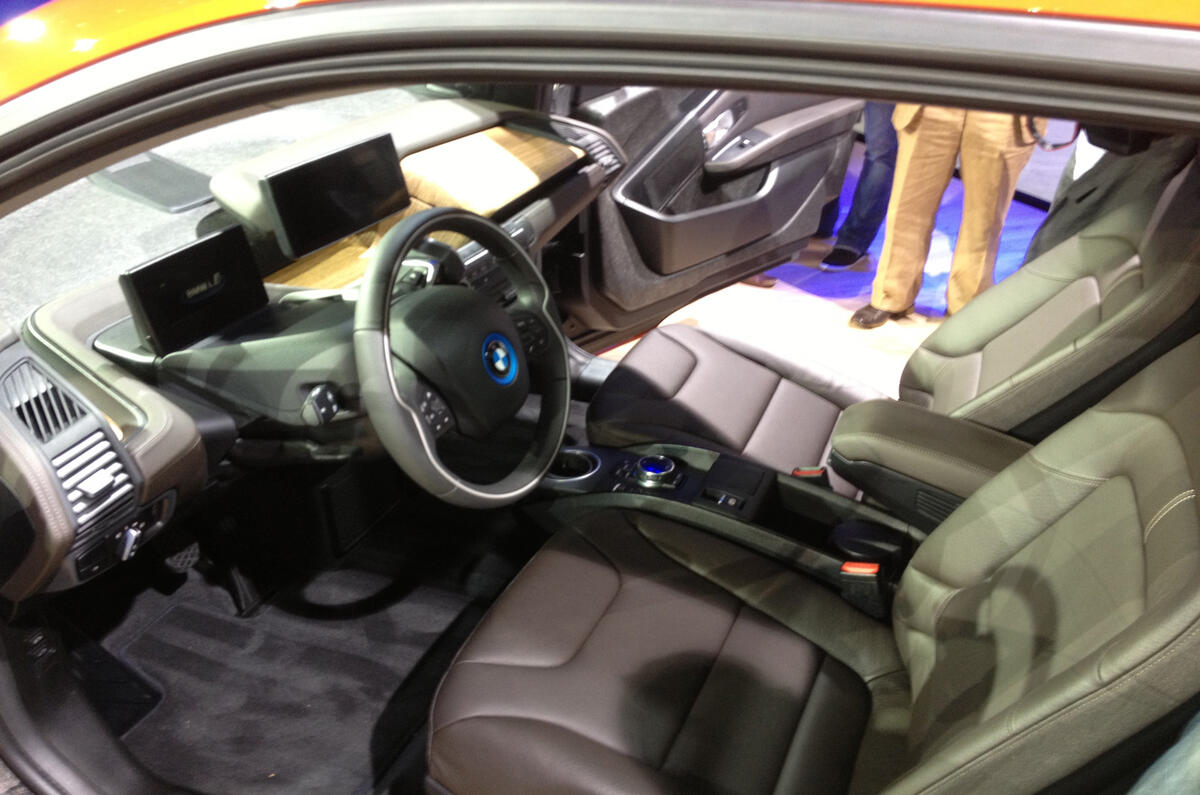
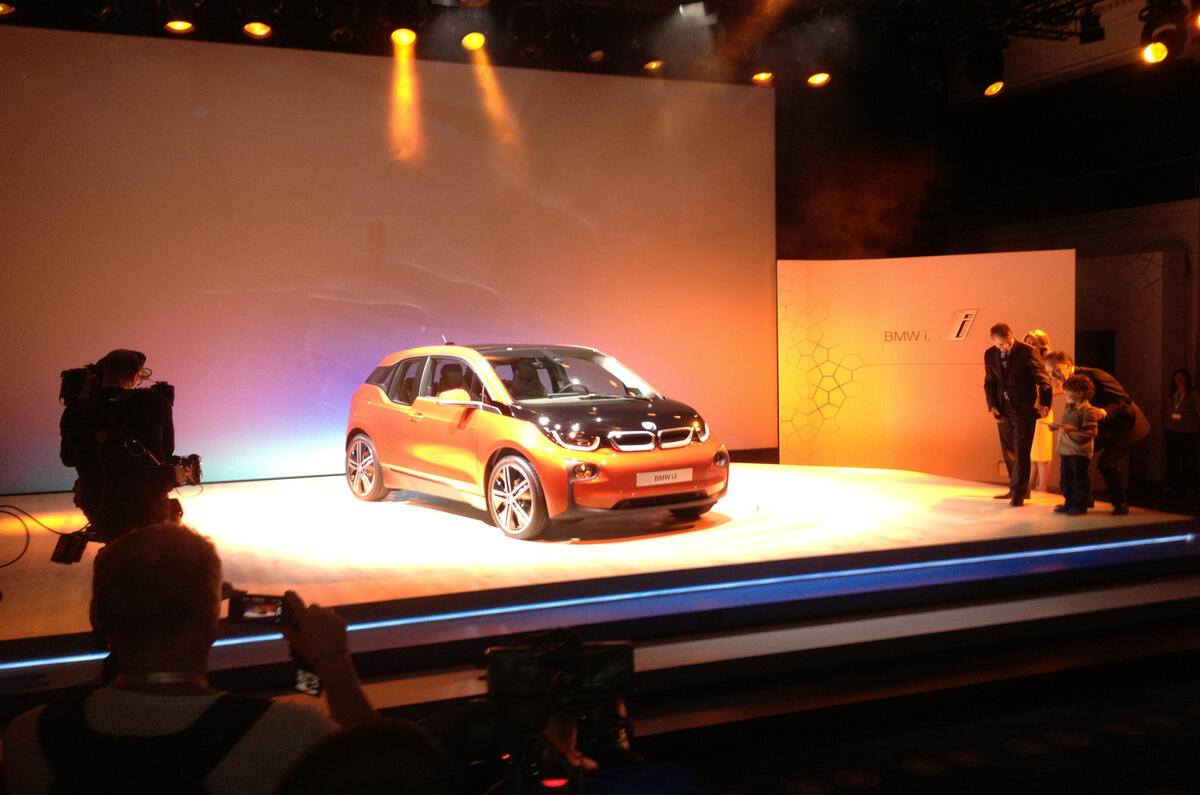
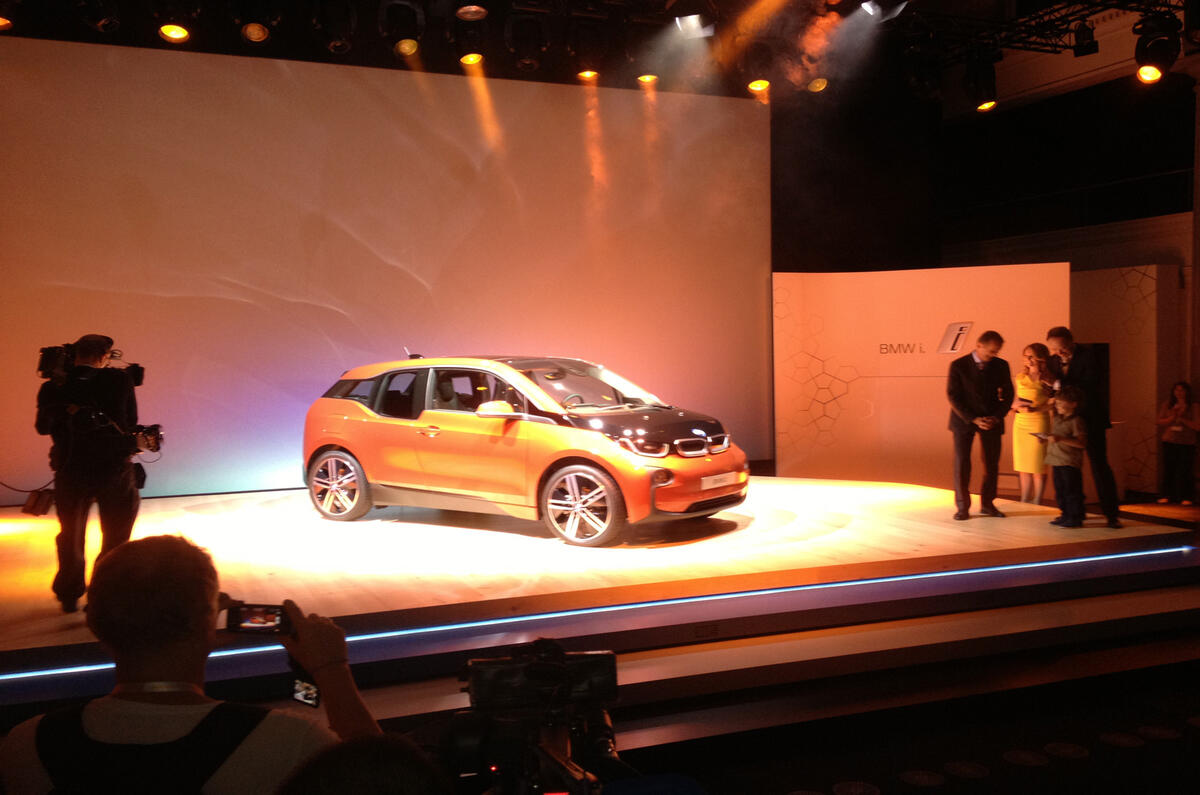
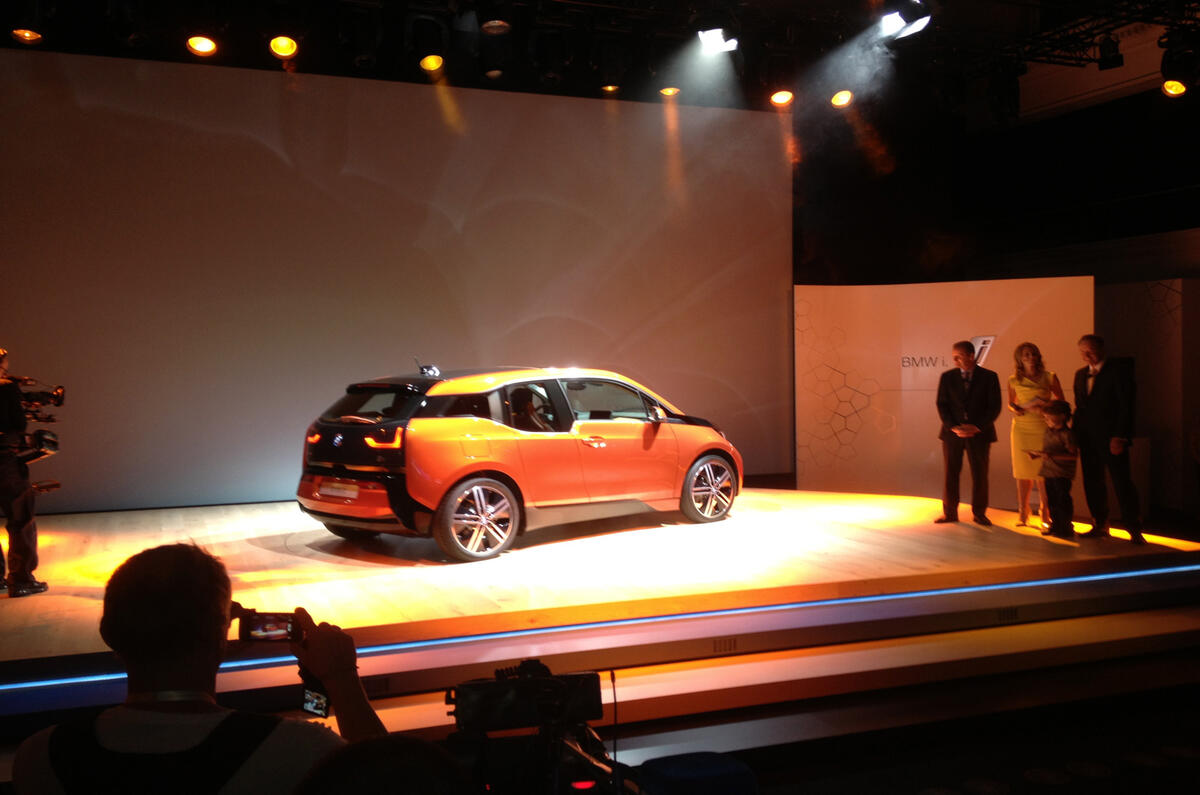
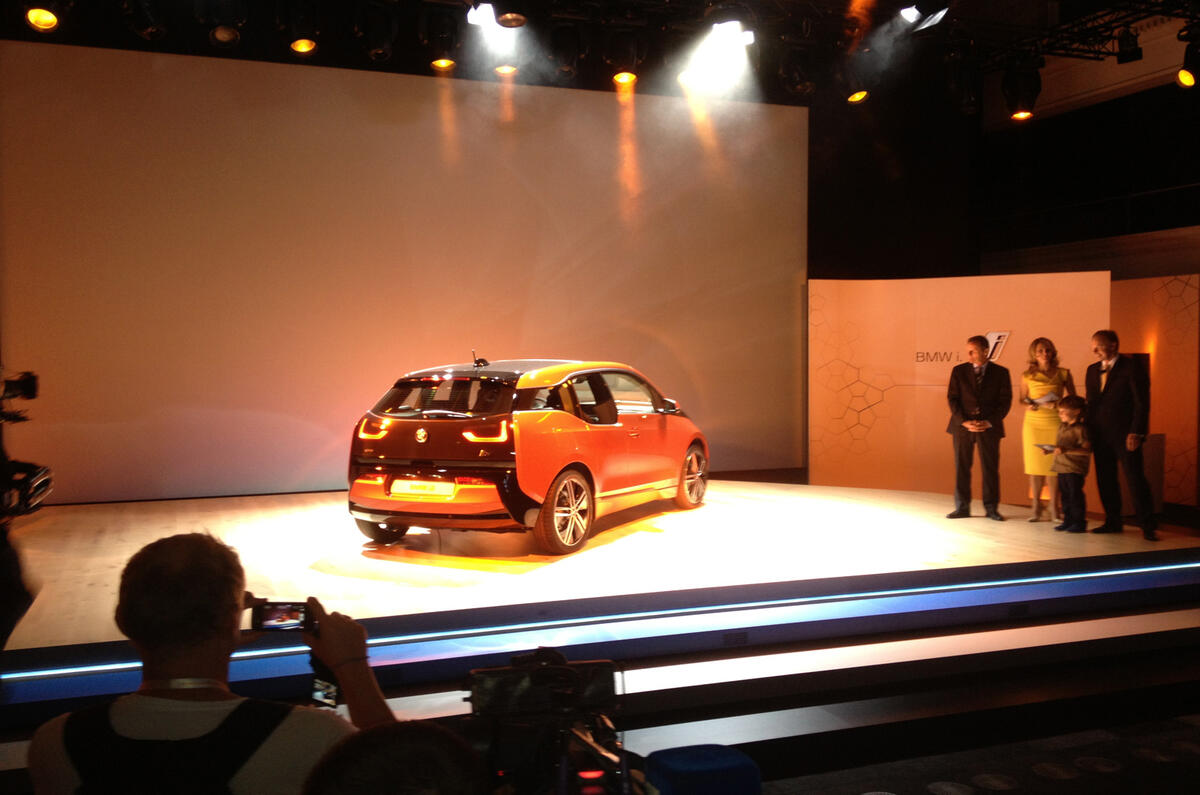
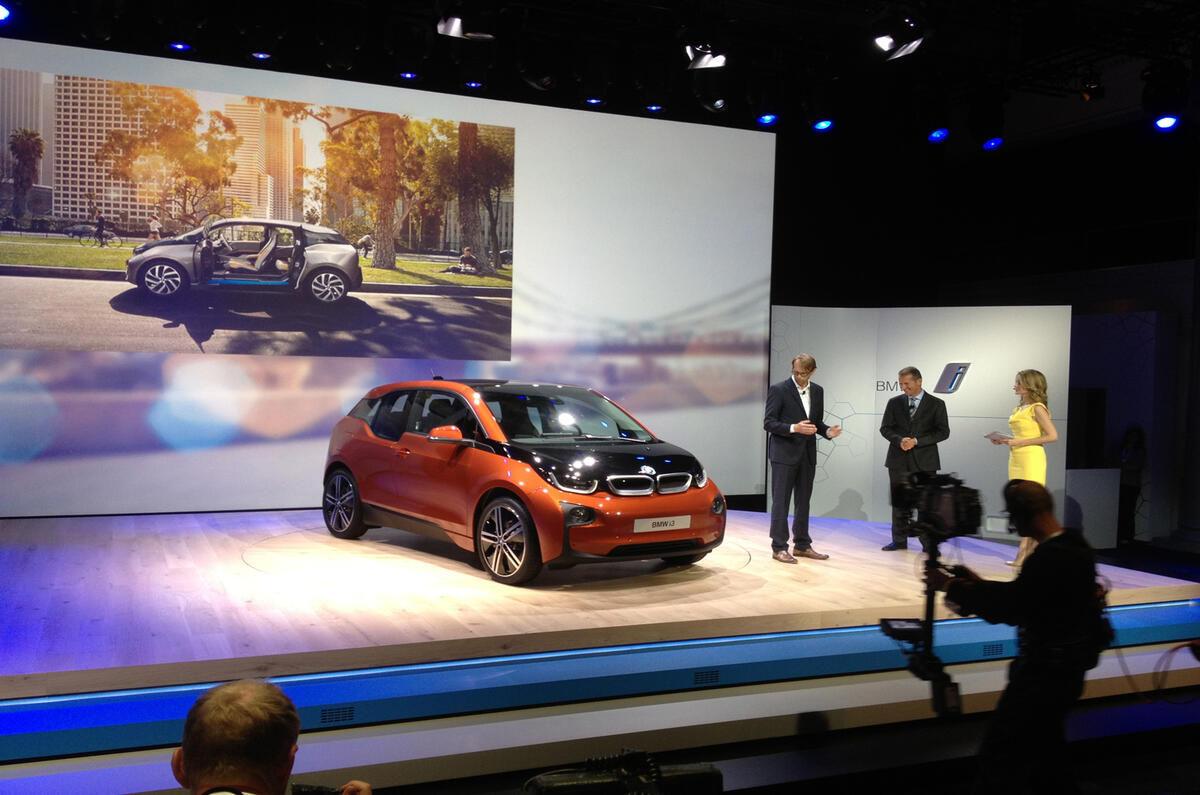
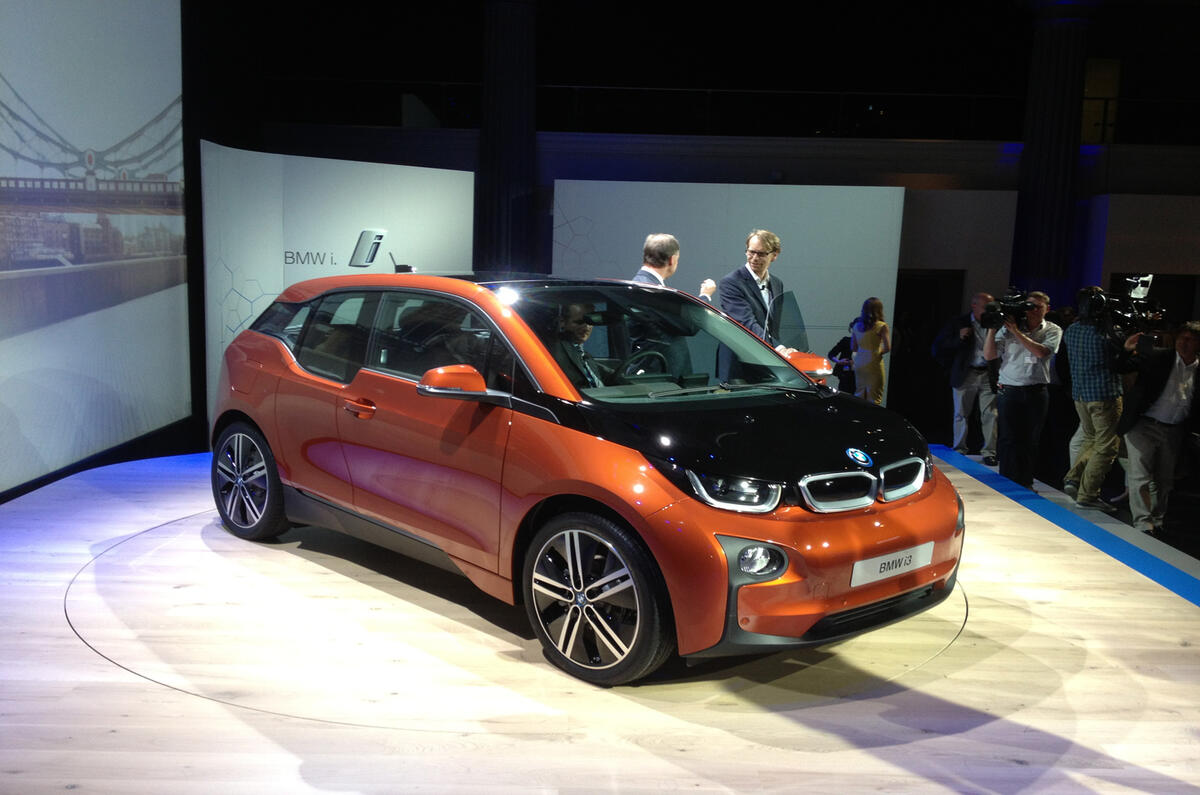
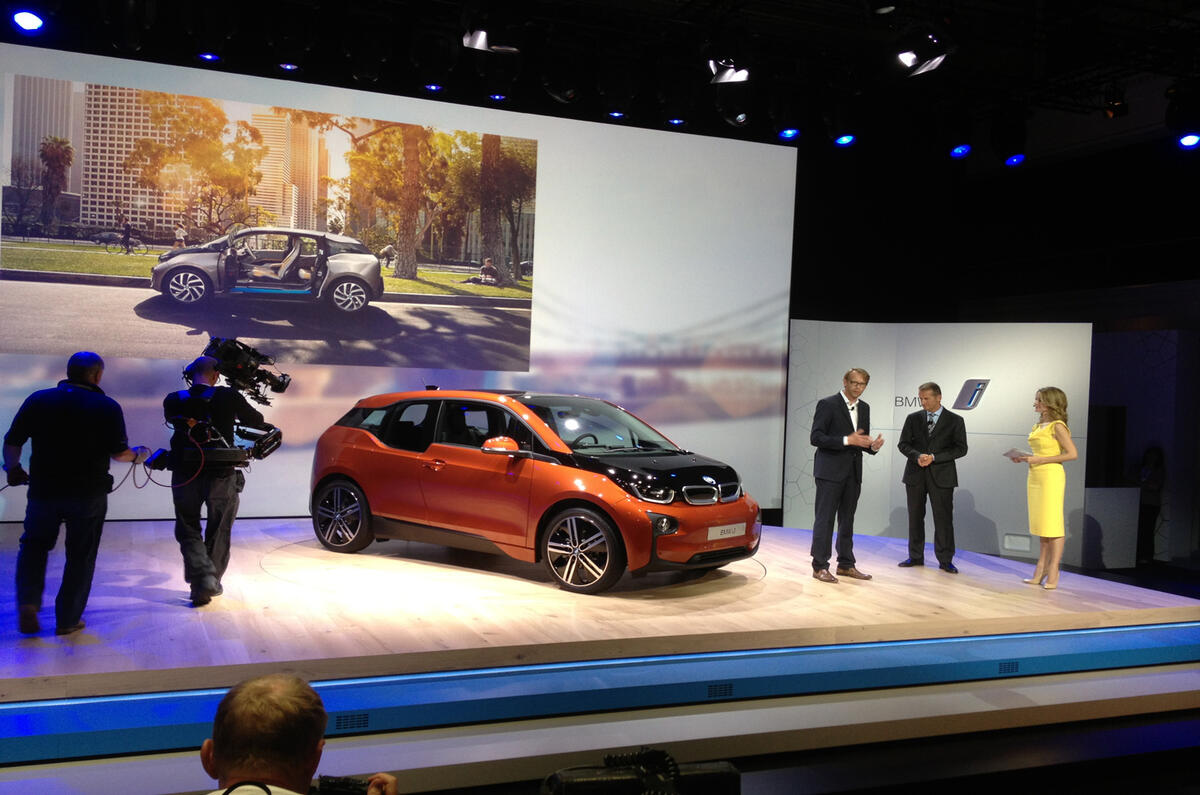
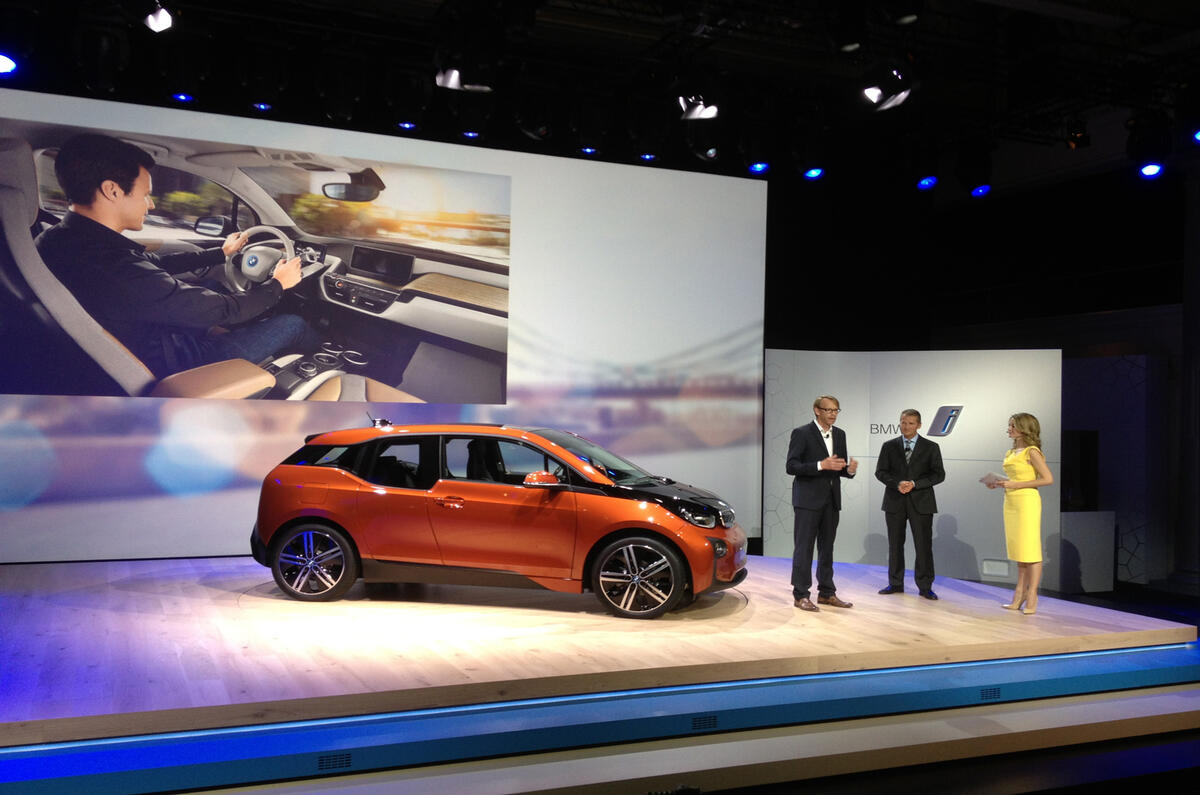
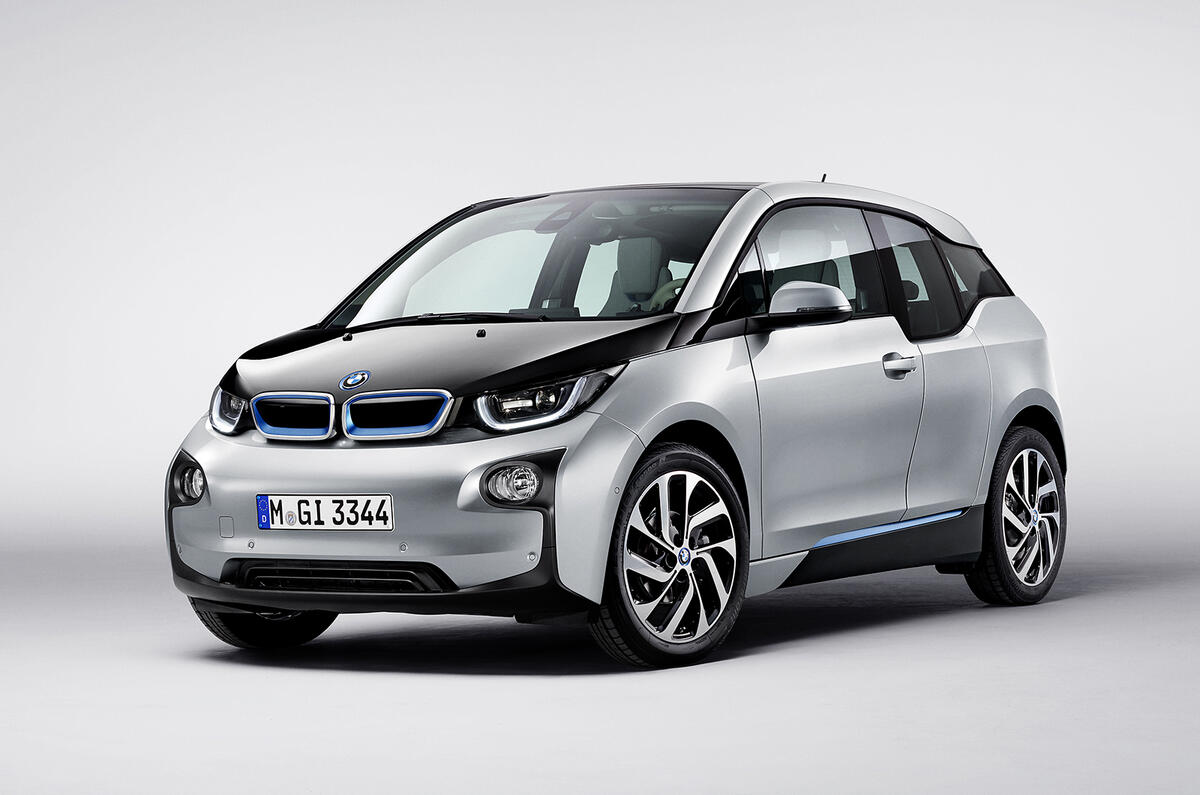
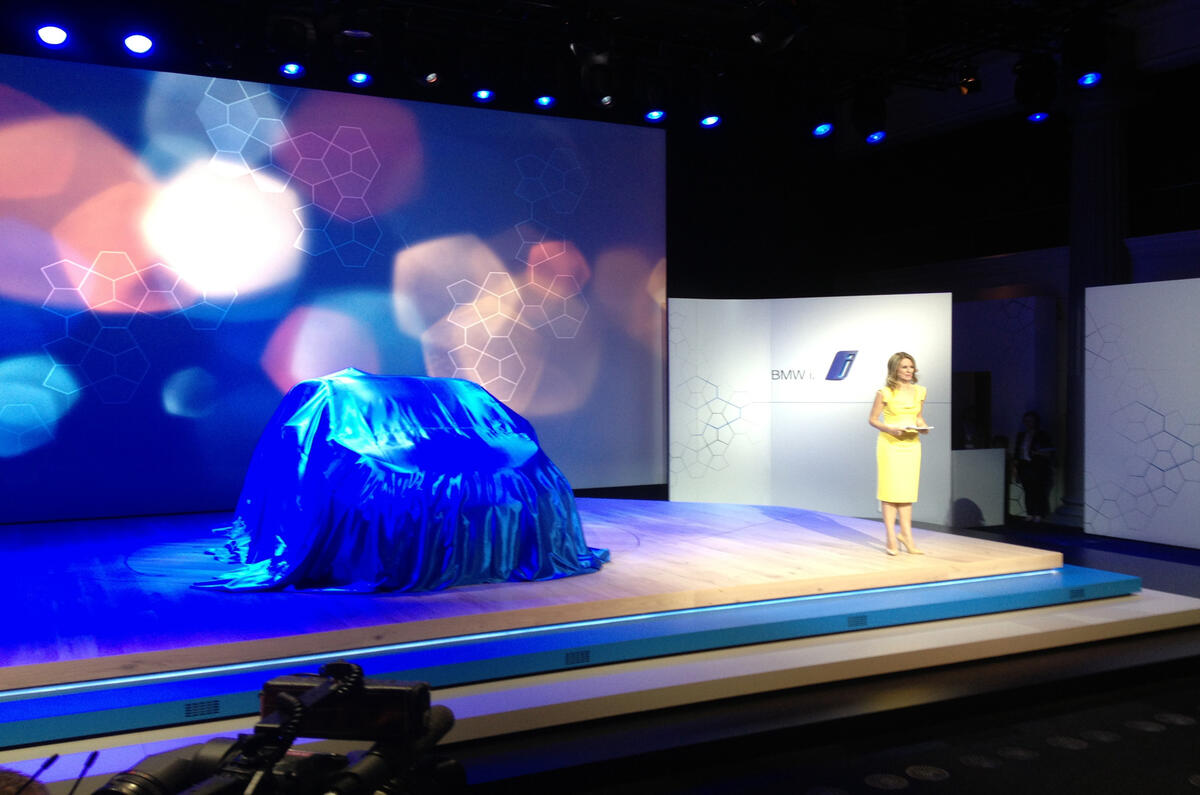
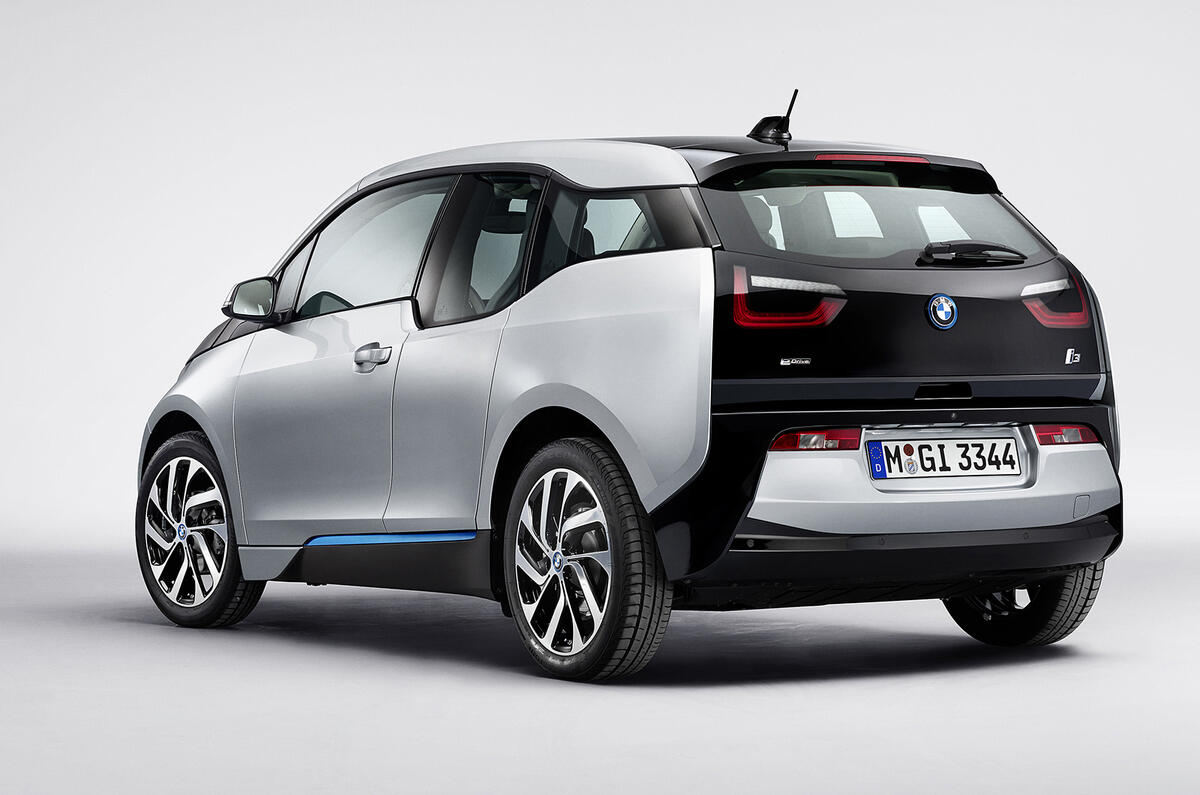
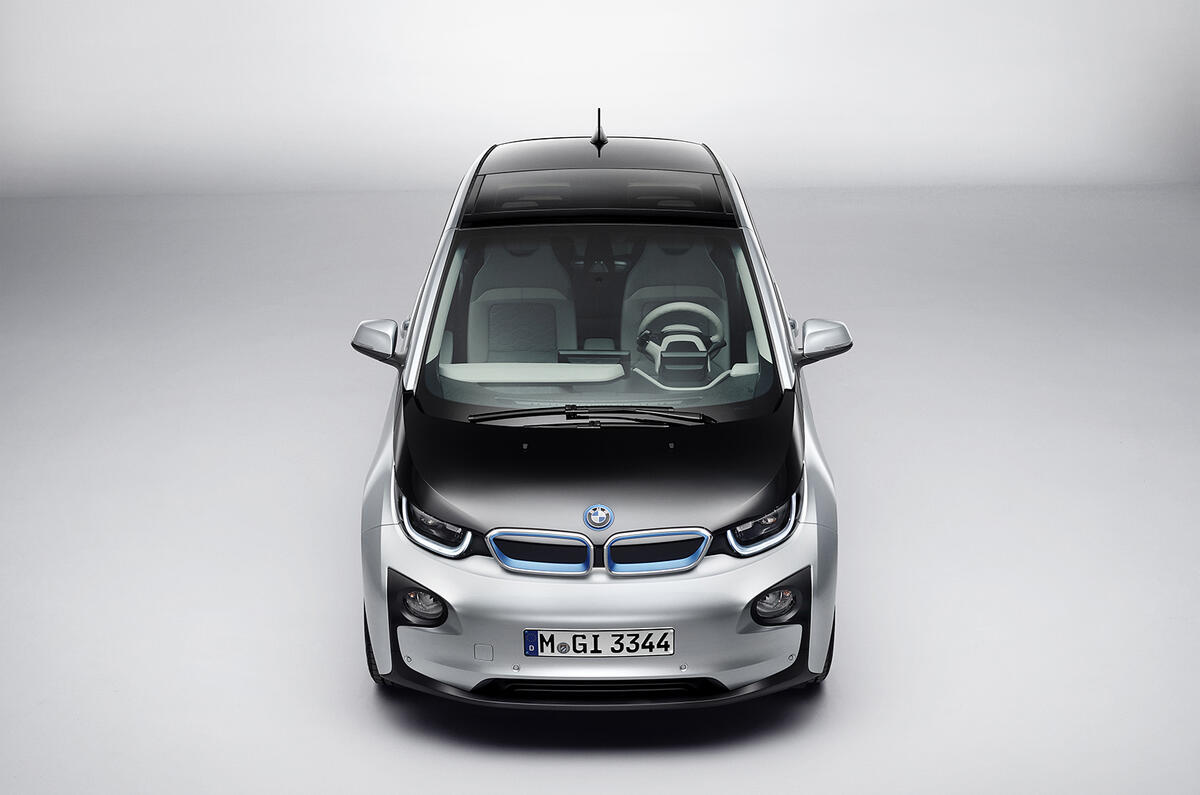
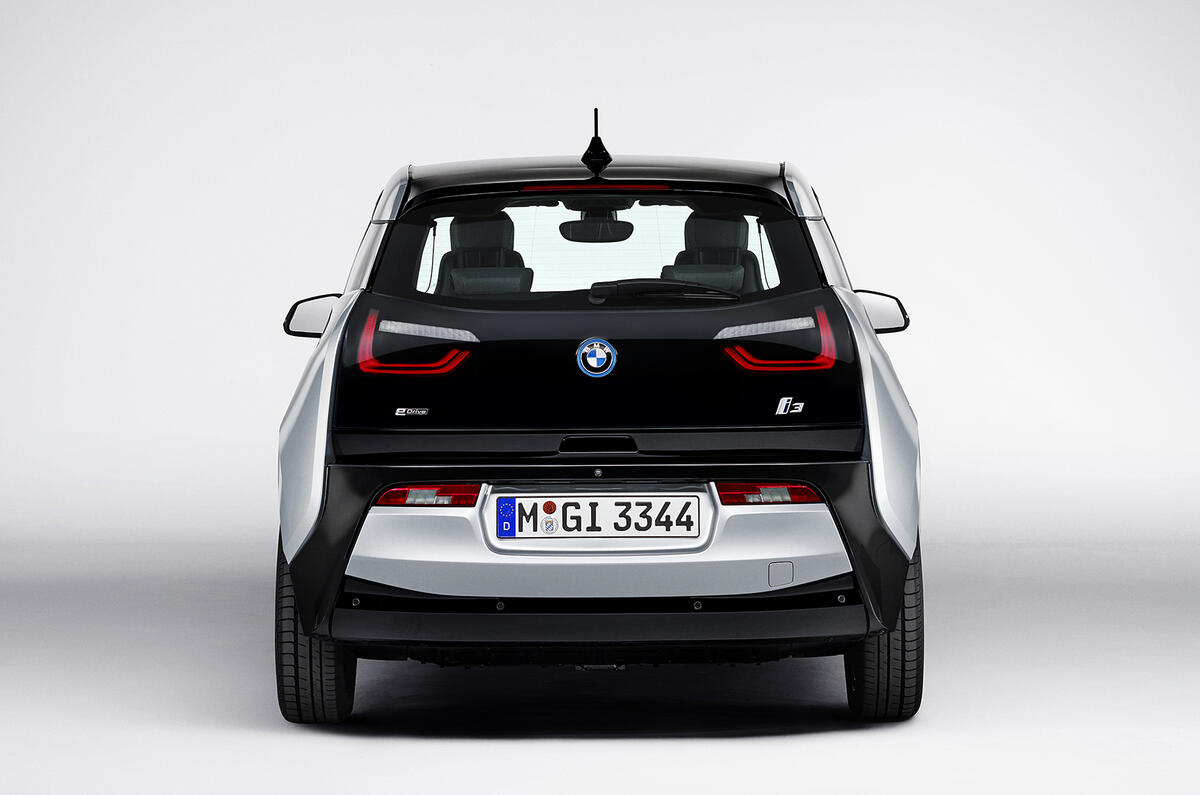
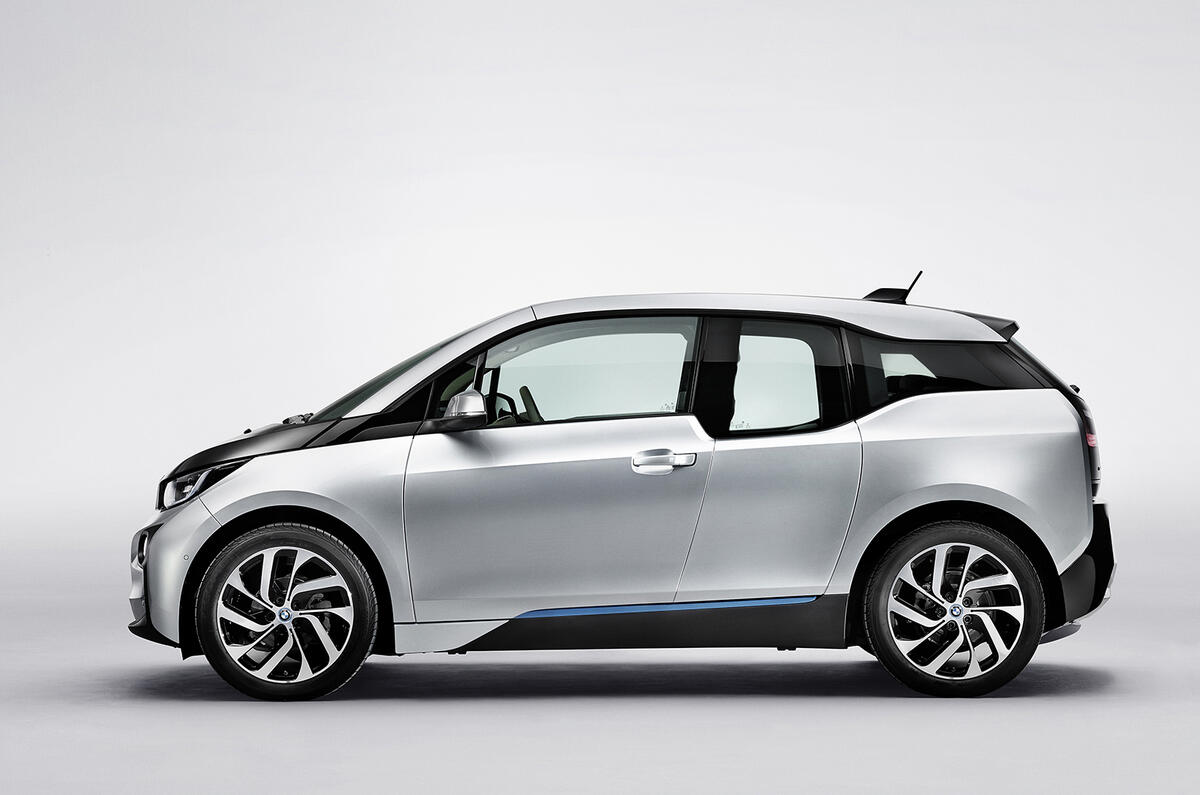

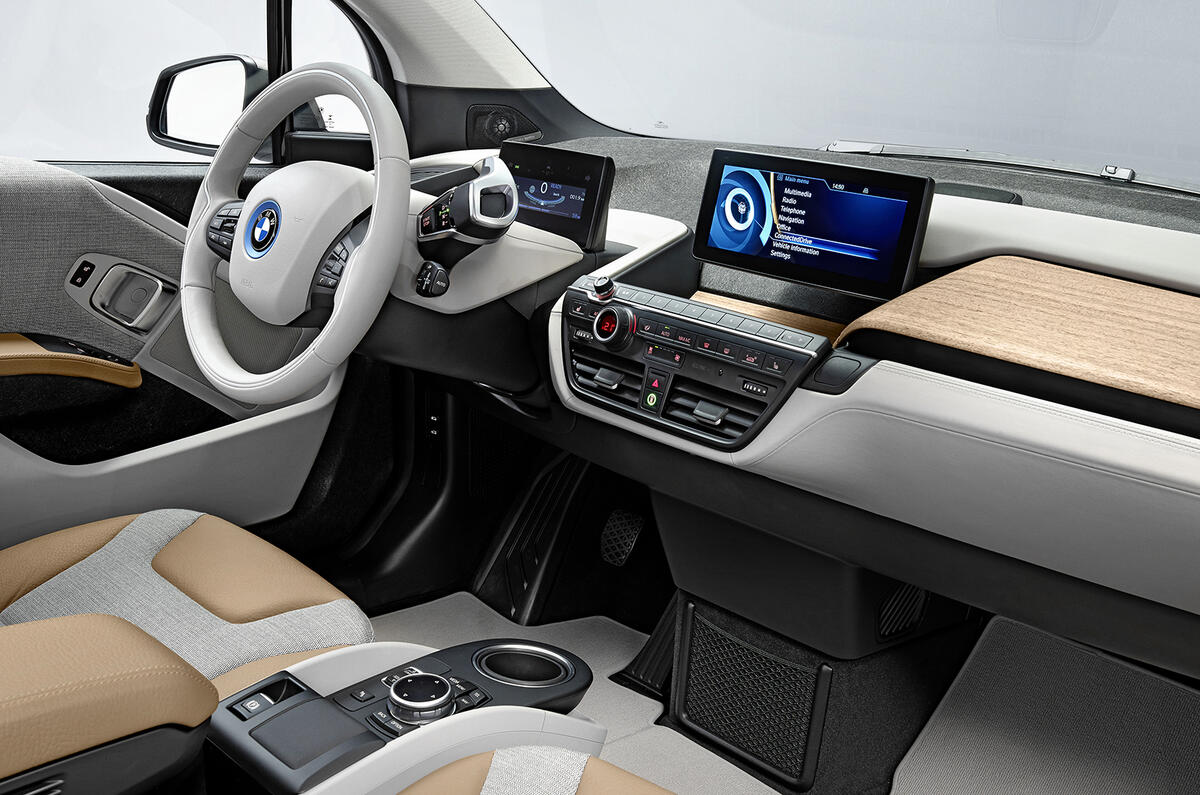
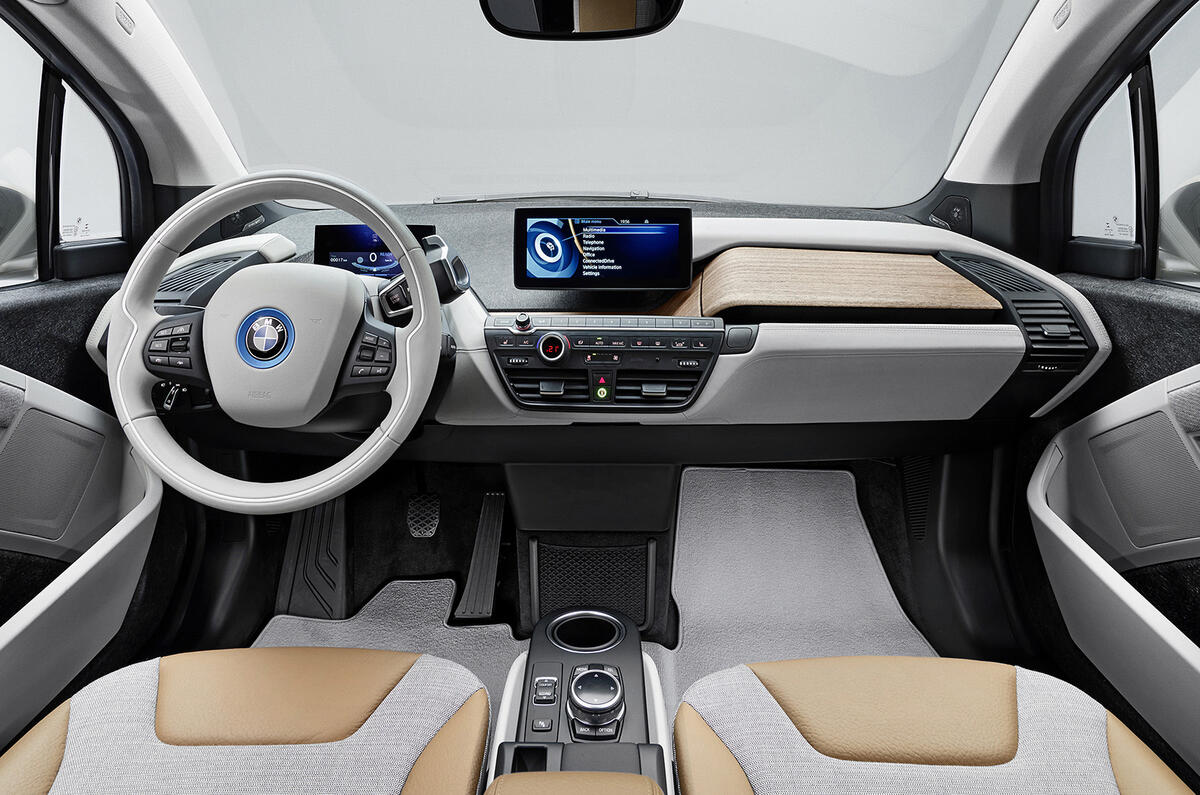
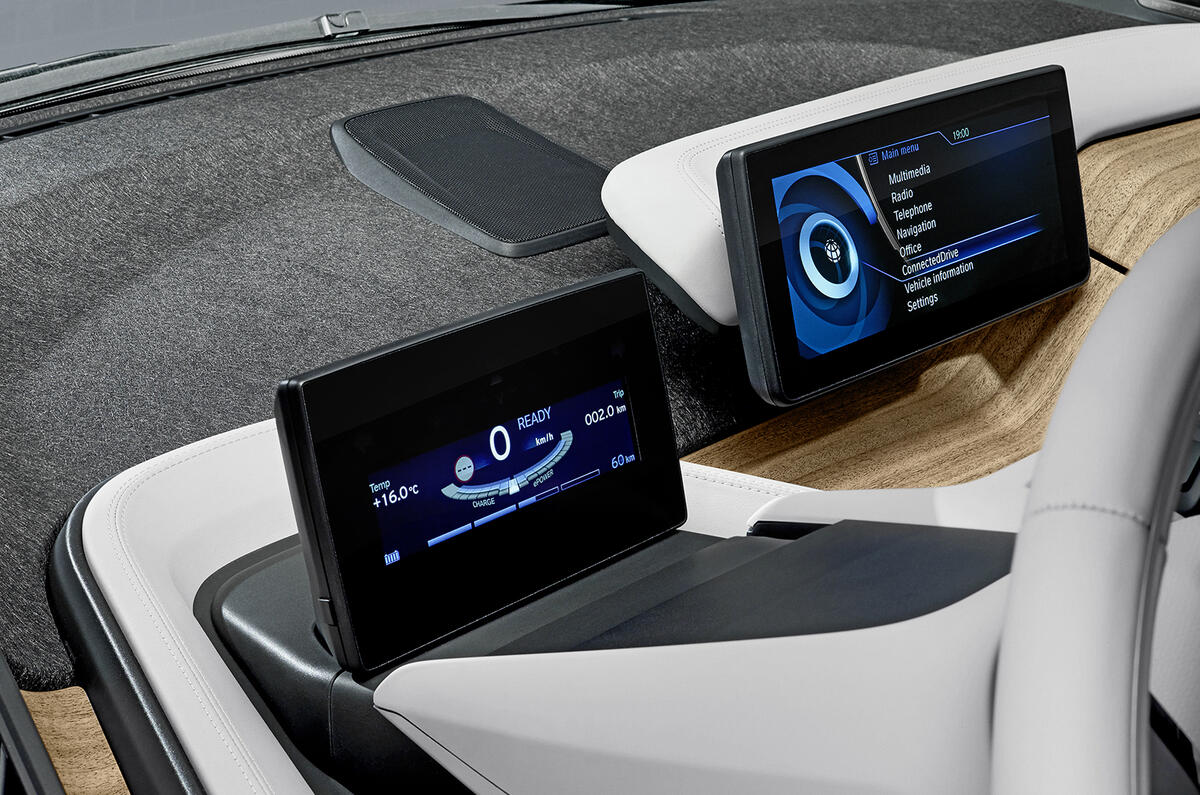
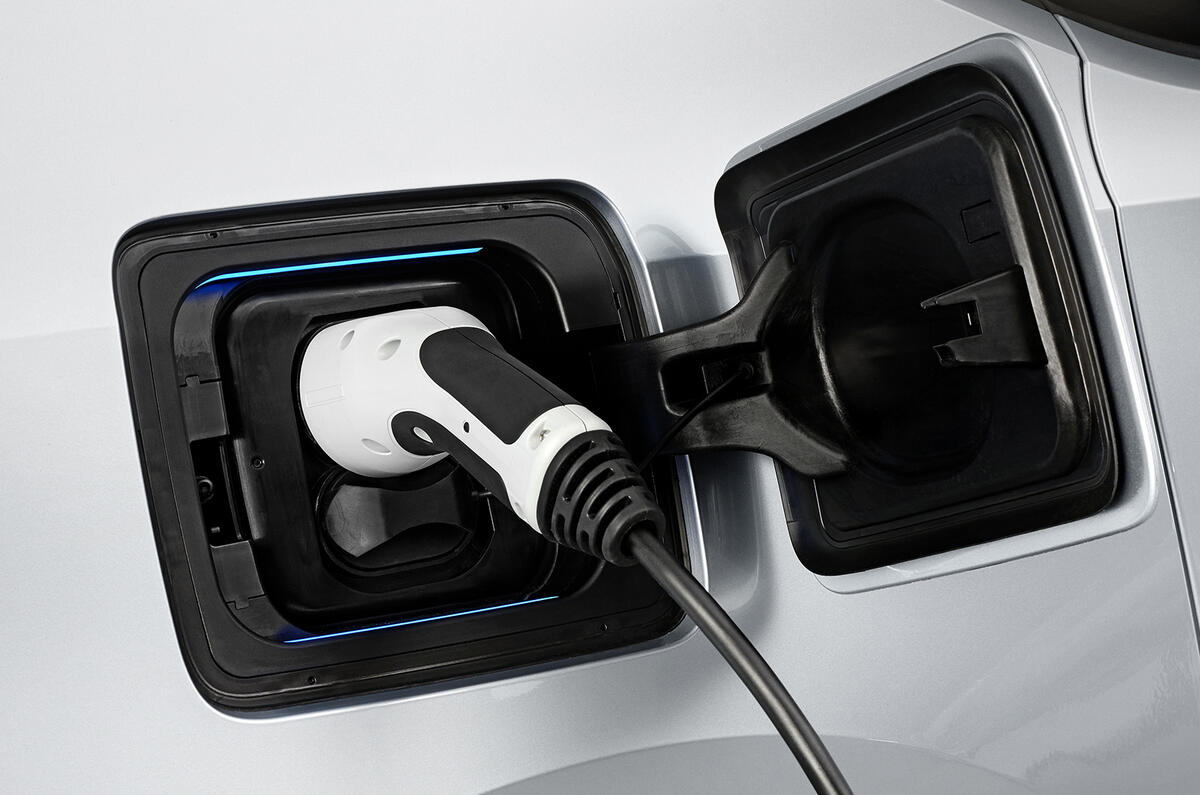
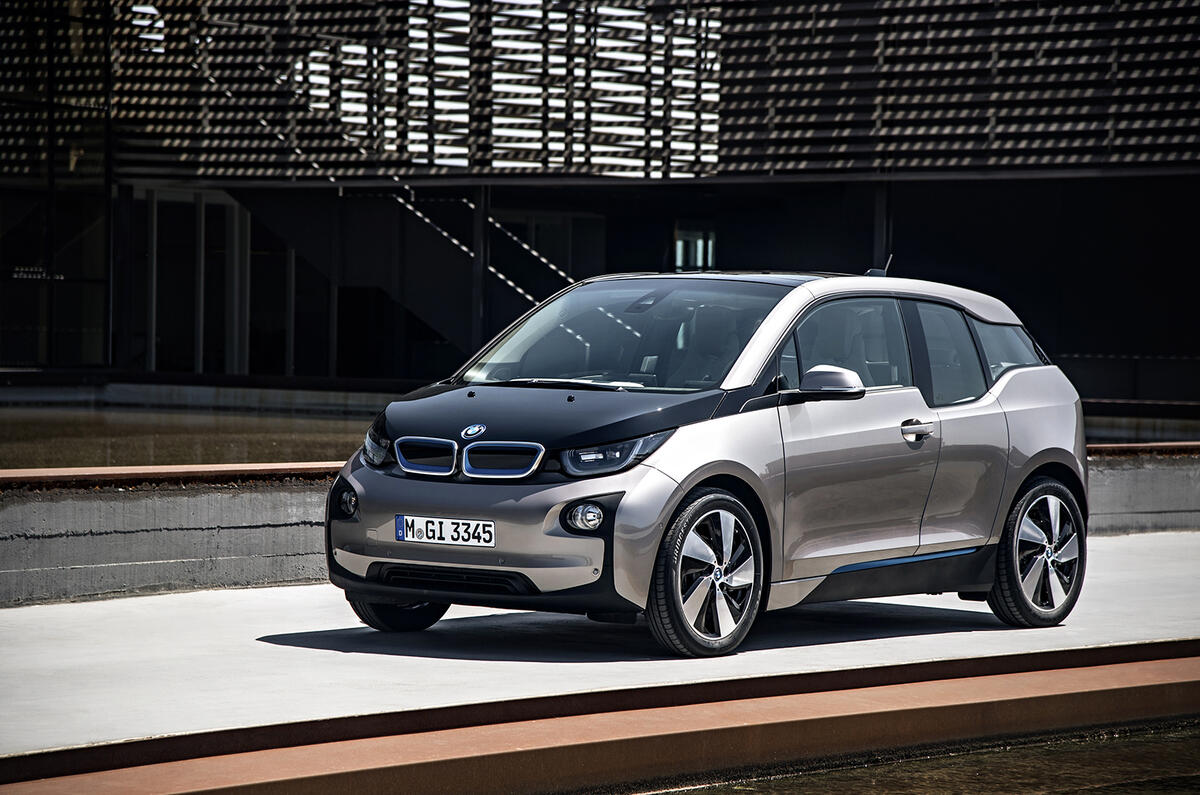
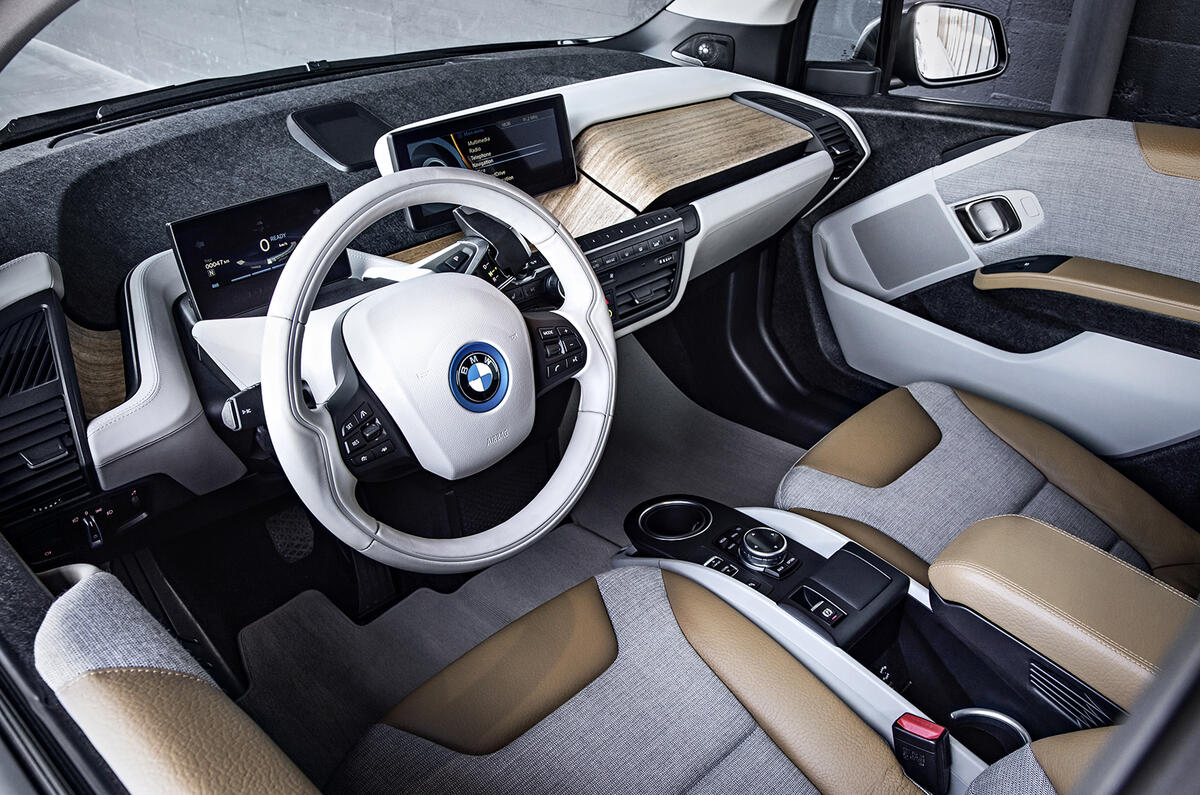
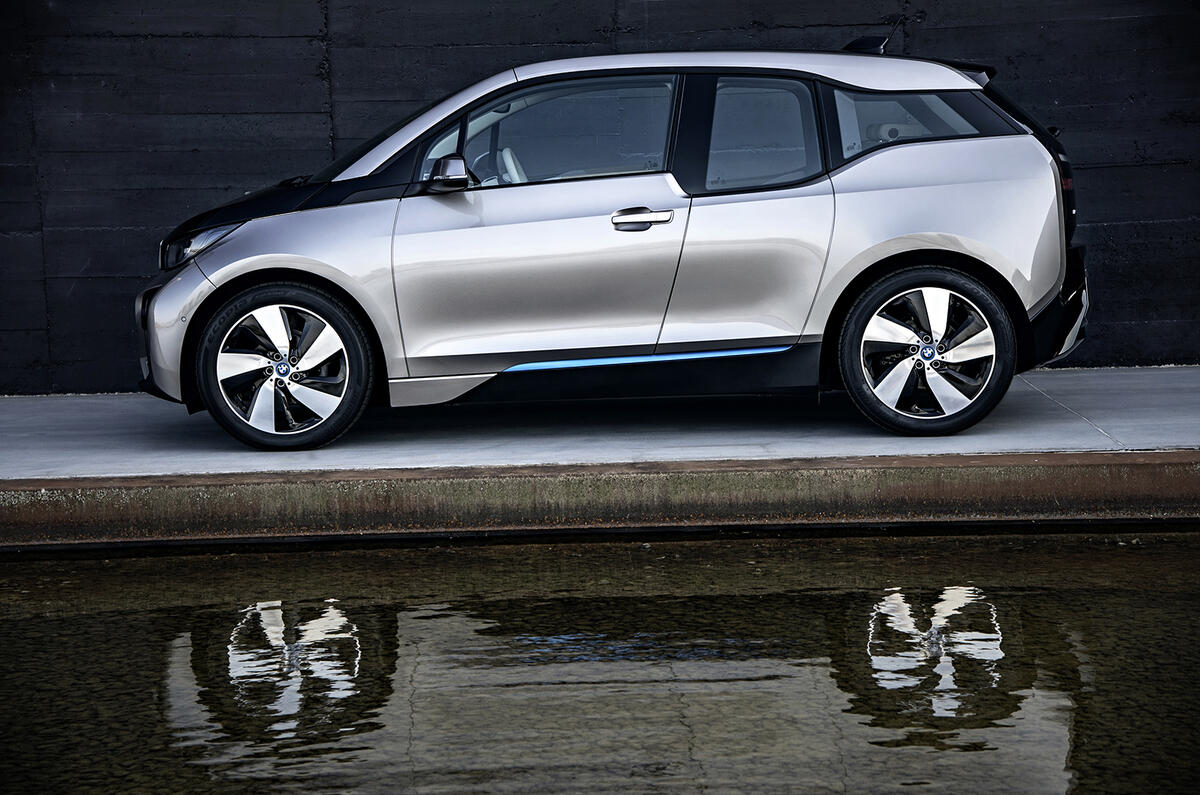
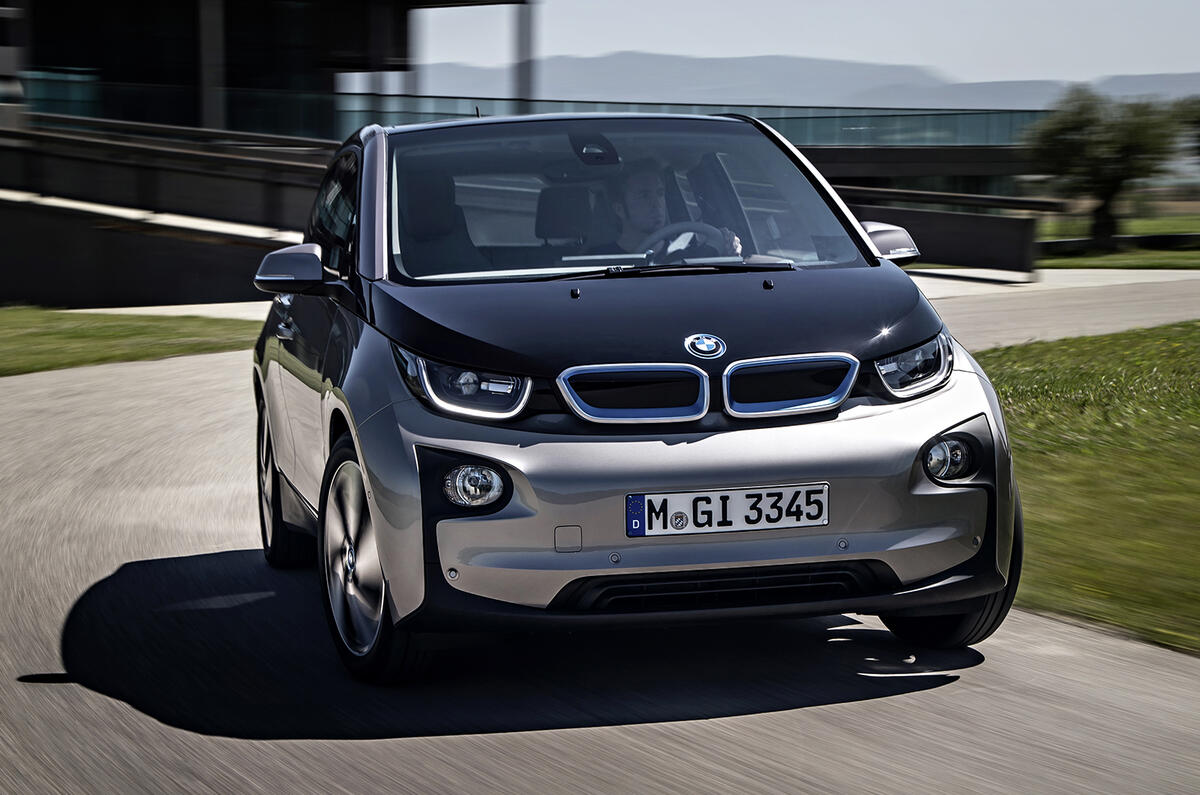
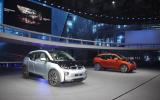
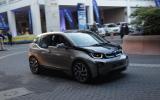

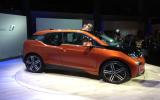

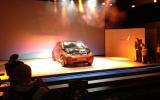
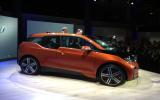

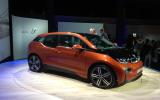
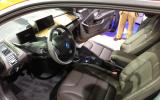
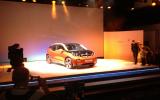
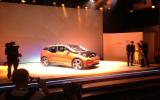
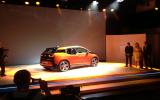
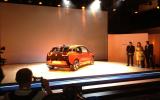
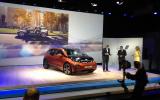
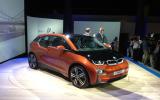
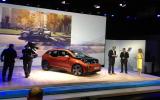
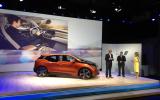


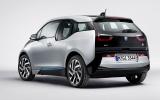
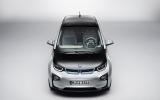
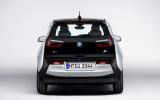
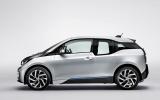
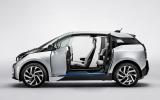
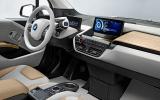
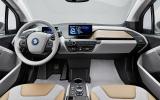
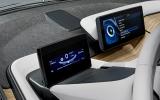
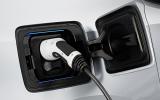
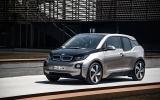
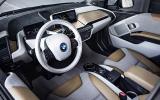
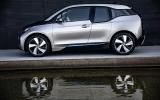
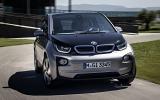


Join the debate
Add your comment
What the hell is this monstrosity?
I've seen some ugly cars in my time but this takees the biscuit. No doubt plenty will buy it as they would Dolce & Gabbana's newest pair of choes but I think it is absolutely hideous. Vastly over-designed and as someone else said entirely unresolved. The back is worse than a City Rover and probably the ugliest arse on a car I have ever seen. It, and to a lesser extent the front, remind me of a drawing I saw in a bar once of a pissed bloke's head with two setos of eyes and features, one slightly above the other. It made you squint and blink. This thing does the same. For all this I'm sure it is well engineered and very clever, but I would never consider an all-electric vehicle. The range extender is the only one that makes any sense at all but even that has limited range as the small engine does not drive the car but just produce electricity bvy the sound of it.
Thank goodness for Jaguar is all I can say. At least there remains a quality car maker committed to making beautiful looking cars. They have their own tech project but are in no rush given the small market. A proper hybrid (i.e. not like the i3) might make sense in the end but the engine needs to be there to help drive the vehicle as well I think. And given the fact that the German brands are the world's worst offenders we read at over-stating their cars' official figures I think we should wait until the Top Gear boys and others like this esteemed journal have given these things a really good run out and pitted them in real world conditions against frugal and clean conventional (and far more convenient) engines and other more standard hybrids. I'll believe the hype only then, but I still wouldn't dream of buying one. I'd never buy anything this ugly. Sorry, but there it is.
I'm usually sceptical when it
I'm usually sceptical when it comes to EVs, but there's something about the i3 which seems to make it a more realistic proposition.
The styling is clearly divisive and unconventional, but at least it looks futuristic and advanced compared to most things on the road. Surely if BMW are backing EVs as "the future" then they need to look like they've come from the future first.
I also like the BMW Access scheme which lets you accrue points to lease a regular internal combustion engined BMW for longer journeys. That seems to be something no other manufacturer has thought of.
Im sorry but how on earth is
Im sorry but how on earth is this car piorneering? There is NO new tech at all on the car. It is just another EV but thanks to the badge displayed on the bonnet many will buy it thinking its a first and the best. Its not. And as for the looks well my dog looks better when doing her squating.
I would like to weigh in to the EV or Hydrogen car debate as well with something has not been mentioned. Have you noticed how our government is stalling with new nuclear which is the ONLY way we can gurantee our future supplies. Due to bad planning there will be a power shortage if we dont get building right now, good luck charging them then.